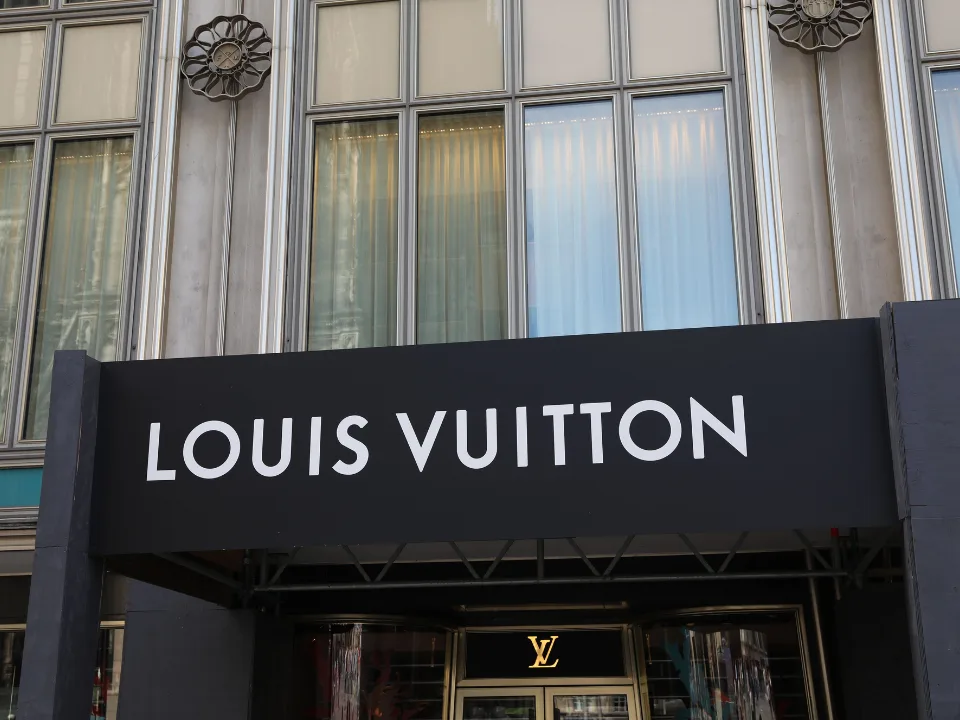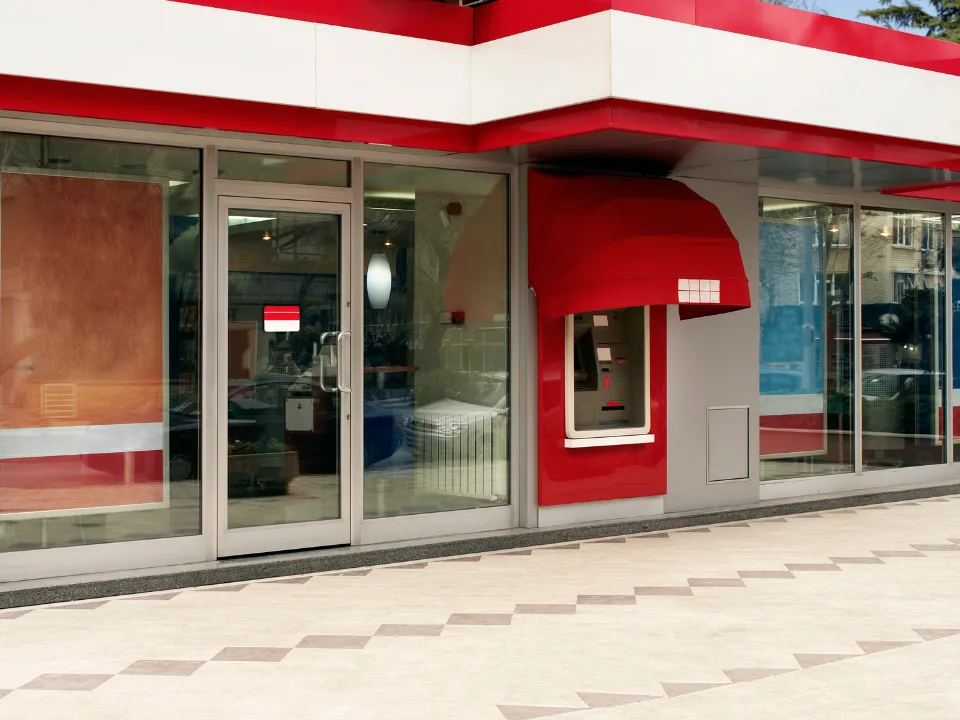- Department stores are closing as discounters and specialty stores gain popularity, prompting mall owners to seek alternative anchors.
- Legacy West in Plano, Texas, chose a food hall over a department store, attracting luxury brands like Louis Vuitton and Tiffany.
- Department store operators, including Saks Fifth Avenue, Nordstrom, and Macy’s, are making strategic changes to combat long-term decline.
Before the pandemic, the owners of Legacy West in Plano, TX, decided against adding a department store to their mixed-use project. Instead, they opted for a lavish food hall, which opened in 2017.
Seven years later, this decision proved fruitful, according to WSJ, attracting 30K visitors weekly and luring luxury retailers like Louis Vuitton, Tiffany, and Gucci.
Declining Foot Traffic
Of course, this wasn’t the case for most of the pandemic. For many years, U.S. department stores were losing customers to discounters, specialty stores, and luxury brands opening their own shops.
This shift led to department stores no longer being seen as key attractions by landlords. Mark Masinter, a partner at Prism Places, noted their strategy was to create something more engaging instead to drive foot traffic.
In response to their falling popularity, major department store operators are making significant moves. Saks Fifth Avenue’s parent company is purchasing Neiman Marcus, Nordstrom (JWN) is considering going private, and Macy’s (M) is closing stores while aiming to enhance the shopping experience.
Long-Term Challenges
Despite these efforts, reversing the long-term decline of department store sales remains challenging. Sales have been on a downward spiral since peaking before the turn of the century (now nearly a quarter of a century ago).
Prism’s CEO, Stenn Parton, pointed out the pink elephant in the room—young customers are just not frequenting malls and department stores the way they used to.
In fact, department stores now occupy less than half of all anchor spaces at enclosed shopping malls, with approximately 500 vacant spaces nationwide. The decline has resulted in struggling regional malls across the country.
Historical Context
The decline of department stores can even be traced all the way back to a 1960 Supreme Court ruling that allowed discounting across retail. This ruling sparked the growth of specialty and discount stores like Walmart (WMT), further eroding the market share of traditional department stores.
Of course, the rise of online shopping and e-commerce in general has also cut into department store interest, as brands can now sell directly to consumers. More retailers are opening their own stores (or popups) each year to maintain control over the entire customer experience.
Brave New World
Macy’s new CEO, Tony Spring, believes that for large department stores and their tenants to survive, they must focus on improving the shopping experience, particularly in the shoe department. Investments in product assortment and service levels at pilot locations have shown positive results.
Some brands, like Nike (NKE), have also resumed wholesale contracts with department stores. Family-run chain Dillard’s (DDS) has succeeded by focusing on merchandising and customer service. And Saks’s owner, HBC, believes merging with Neiman Marcus will help cut costs.
Mall owners are repurposing vacant department stores, too. At Tysons Galleria near Washington, D.C., Brookfield redeveloped a former Macy’s into a new wing housing home-furnishing and entertainment retailers, generating significantly higher sales.
Retail analyst Dana Telsey also noted that landlords now have more options for anchor locations than ever before.

















